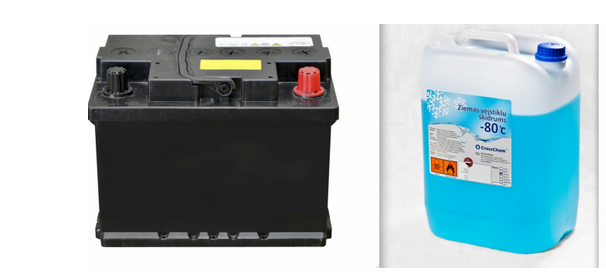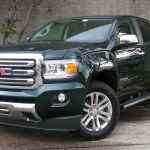
Forty or so years ago, ensuring vehicle safety and reliability in cold-weather driving usually meant performing a series of annual maintenance rituals.
Common preparations including swapping out the thermostat, flushing the cooling system, switching to lighter-weight motor oil, and having the battery tested. Additionally, slapping on snow tires was not uncommon in locales known for heavy doses of the white stuff.
Cars have changed a lot in the last two-score years, especially when it comes to winter readiness. These days, simply sticking to your vehicle’s manufacturer-prescribed maintenance schedule takes care of the thermostat/cooling system thing. And pre-cold-snap oil changes are no longer necessary, thanks to modern multi-viscosity motor oil. As for snow tires—some folks still make the swap, but the all-season tires on most vehicles are generally sufficient for the typical motorist. As for the battery, we’ll get to that in a minute.
While the typical new vehicle is a marvel of low-maintenance operation, there are still three things that you can do to potentially save yourself a lot of time–and possibly some money. Below, we share three relatively easy steps you should take before it gets too cold and snowy out there.
Why Your Windshield Washer Fluid Froze
Prepare Your Car for Winter
 Check your tire pressure
Check your tire pressure
Tire pressure drops about 2 pounds per square inch (PSI) for every 10 degrees the temperature falls. What this means is, if you’re a Chicagoan who last had your tire pressure checked when your oil was changed back in July, your tires are now under-inflated by roughly 8 PSI—and that’s a big deal.
Under-inflated tires may:
- Wear more quickly
- Reduce fuel economy
- Compromise handling and ride comfort
- Reduce snow traction
- Increase the potential for your vehicle’s wheels and tires to suffer pothole damage
Many tire shops will check your tire pressure at no charge, or, if you’re feeling old school, you can check the tires yourself. You can purchase a tire gauge at any hardware store for under $5.00, and keep it handy in the glove box for future use.
Note that new vehicles now come standard with tire-pressure monitoring systems, though the simpler systems will not report a condition in which all the tires are under-inflated to the same degree. It’s still a good idea to have an old-fashioned tire gauge as a backup.
How to Check Your Tire Pressure
 Consider replacing your battery
Consider replacing your battery
Stout though they may be, all car batteries eventually fail, and that failure never comes at a convenient moment. The reason batteries tend to fail most often in winter is that their ability to produce energy is about 35 percent lower at freezing temperatures than at 60-70 degrees.
Unfortunately, modern sealed batteries cannot be tested. However, if your car battery has seen three winters, we recommend replacing it before the weather turns chilly again. Though lucky folks will report enjoying up to five years of service from a car battery, the truth is that cars today are hard on batteries, and it’s impossible to predict exactly when your battery will fail. If you want to be sure to make it through the winter, replace your battery now and avoid having to use your jumper cables, or, worse yet, paying for an expensive service call.
What is the Difference Between AWD and 4WD?
Use up your washer fluid
Editor Rick Cotta notes that the most likely reason washer fluid freezes up in winter is that the alcohol in the fluid has evaporated over time. If that fluid in your solvent reservoir has been sitting there since last winter, it’s likely little more than blue water by now.
Your best course of action is to use the old fluid up, and then fill the tank with fresh blue (or purple) stuff. Also, to be on the safe side, avoid generic brands of unknown quality. It’s the alcohol content that keeps the fluid from freezing, and it’s the alcohol that cheaper brands may be skimping on.
See You in Spring! The Snow-Bound Vehicle Power Quiz
Prepare Your Car for Winter



